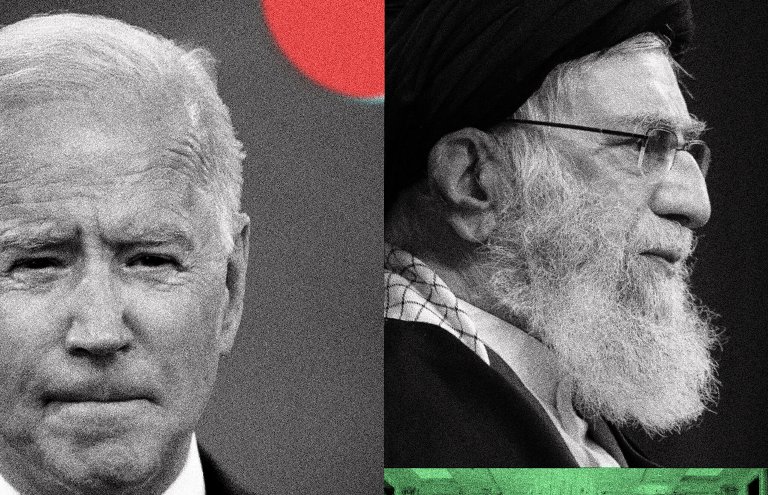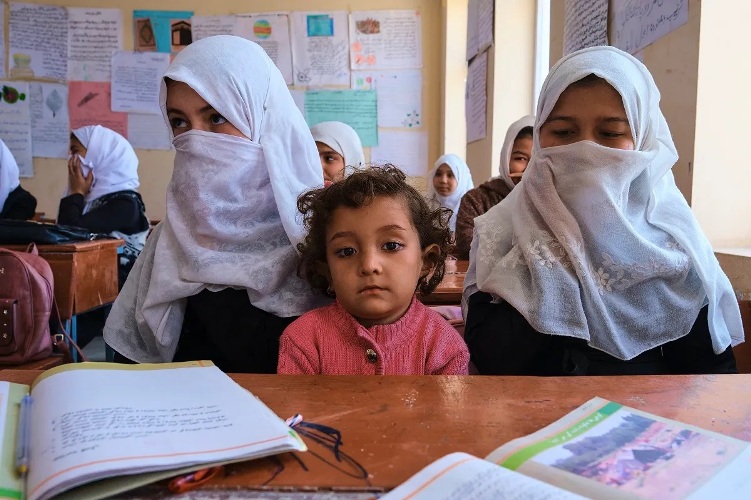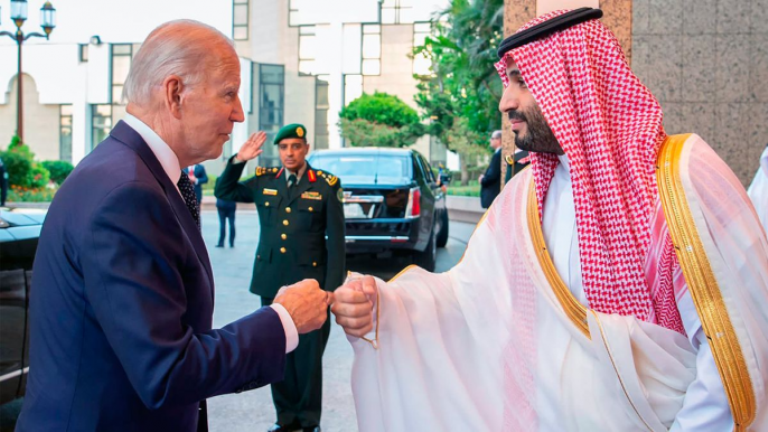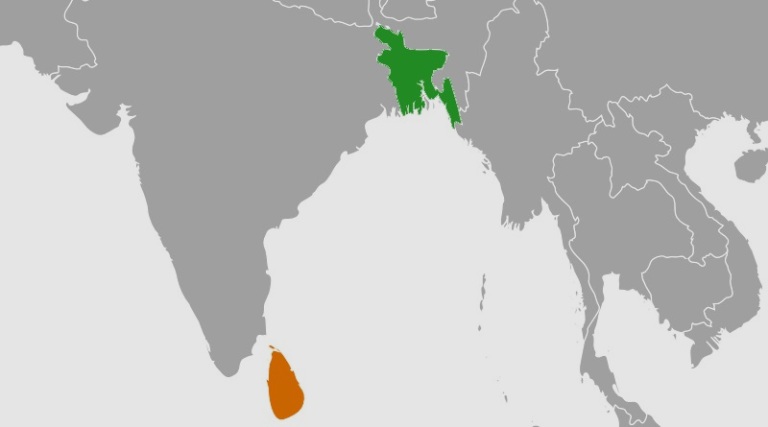
The negotiators agreed on forming two working groups, one charged to decide the steps Iran has to take to move back into full compliance, and the other to draft a list of sanctions that the United States would have to lift. In the first round of talks, there was agreement on Iran’s to-do list, but no progress on the sanctions the United States would remove. COURTESY
Since early April, Iranian officials have been meeting in Vienna with British, Chinese, French, German and Russian counterparts, the remaining members of the 2015 nuclear deal that the United States abandoned in 2018. The United States is participating indirectly, with European diplomats going back and forth between the Iranians and the U.S. diplomats, led by President Biden’s special envoy, Robert Malley.
On Thursday these negotiations resumed, despite the uncertainty caused by Sunday’s sabotage of Iran’s Natanz nuclear facility, which Iran blamed on Israel. Publicly, Israel denied being behind the attack. But American and Israeli intelligence officials have described it as “a classified Israeli operation,” and Tehran has retaliated by increasing its nuclear enrichment levels threefold.
The negotiators agreed on forming two working groups, one charged to decide the steps Iran has to take to move back into full compliance, and the other to draft a list of sanctions that the United States would have to lift. In the first round of talks, there was agreement on Iran’s to-do list, but no progress on the sanctions the United States would remove.
This diplomatic process, which is crucial to avoiding further conflict in the Middle East and allowing President Biden to focus on competition with China, will falter unless the Biden administration moves quickly. American negotiators should list the sanctions that the United States is prepared to remove in exchange for Iranian compliance. Iran is about three months from breakout time, the time it would take to produce sufficient weapons-grade enriched uranium for one nuclear weapon. If diplomacy fails, the United States will slide into another dangerous crisis in the Middle East.
Iran has been willing to engage the Biden administration and has promised to return to full compliance with the nuclear deal if the United States did so as well. During his presidential campaign, Mr. Biden wrote in an essay for CNN, “If Iran returns to strict compliance with the nuclear deal, the United States would rejoin the agreement as a starting point for follow-on negotiations.”
But that apparent agreement masked disagreements on who should take the first step, and how to manage subsequent steps back to full compliance. The differences intensified after President Biden took office. Members of Congress — as well as the governments of Israel, Saudi Arabia and the United Arab Emirates — have been pressuring the White House to insist on including limits on Iran’s military and regional political strategies in a new deal with Iran.
The Biden administration signaled that it was looking past the 2015 nuclear deal at a “longer and stronger” agreement, which would include fundamental changes to Iran’s support for proxy forces in Iraq, Syria, Lebanon and Yemen, and limits on the number and range of Iranian missiles.
Iran did not turn out to be as desperate as Washington assumed. Ayatollah Ali Khamenei, the supreme leader of Iran, has said, most recently on Wednesday, that Iran would only talk about the 2015 nuclear deal and would not negotiate directly with the United States until it was restored. He insisted that since the United States had left the deal, the Biden administration had to take the first step by removing the sanctions imposed by President Trump. Until then, Iran would continue enriching uranium at a fast clip.
The International Atomic Energy Agency’s recent report estimates that Iran has increased its enrichment rate to 20 percent from the permitted 3.67 percent. It added more advanced centrifuges, which have improved its enrichment capacity threefold.
Tehran has also carried out attacks in Iraq and forged a strategic partnership with China. Iran will continue on this path during a stalemate, which will provide an opportunity to Israel and its Arab allies to undermine diplomacy in Washington and in the region.
A combination of these factors seems to have convinced Washington that the path to a longer and stronger accord is through restoring the 2015 nuclear deal. Before the talks began in Vienna, Mr. Malley, the special envoy, remarked that the United States would “have to remove those sanctions that are inconsistent with the deal” in exchange for Iranian compliance.
The United States and Iran differ on which sanctions should be removed. Iran wants a return to where things stood before Mr. Trump took office. The United States is unwilling to commit to removing all Trump-era sanctions, in part because the Trump administration deliberately designated many sanctions as linked to fighting terrorism, which makes them difficult to remove.
Since the Vienna talks began, the U.S. negotiators would not provide a list of sanctions that the Biden administration would remove. Iranian negotiators said that they will come back with their own list. That could make or break the next round of talks.
If there is no breakthrough in Vienna and Tehran concludes that the United States will not lift sanctions, the nuclear issue can take a dangerous turn and potentially lead the United States to another war in the Middle East.
The Biden administration has to act decisively by lifting Trump-era sanctions and coming up with a credible road map for reviving a nuclear deal that the United States and Iran could agree on.
*Professor Nasr is one of the foremost scholars of Iranian politics and U.S. foreign policy in the Middle East












0 Comments